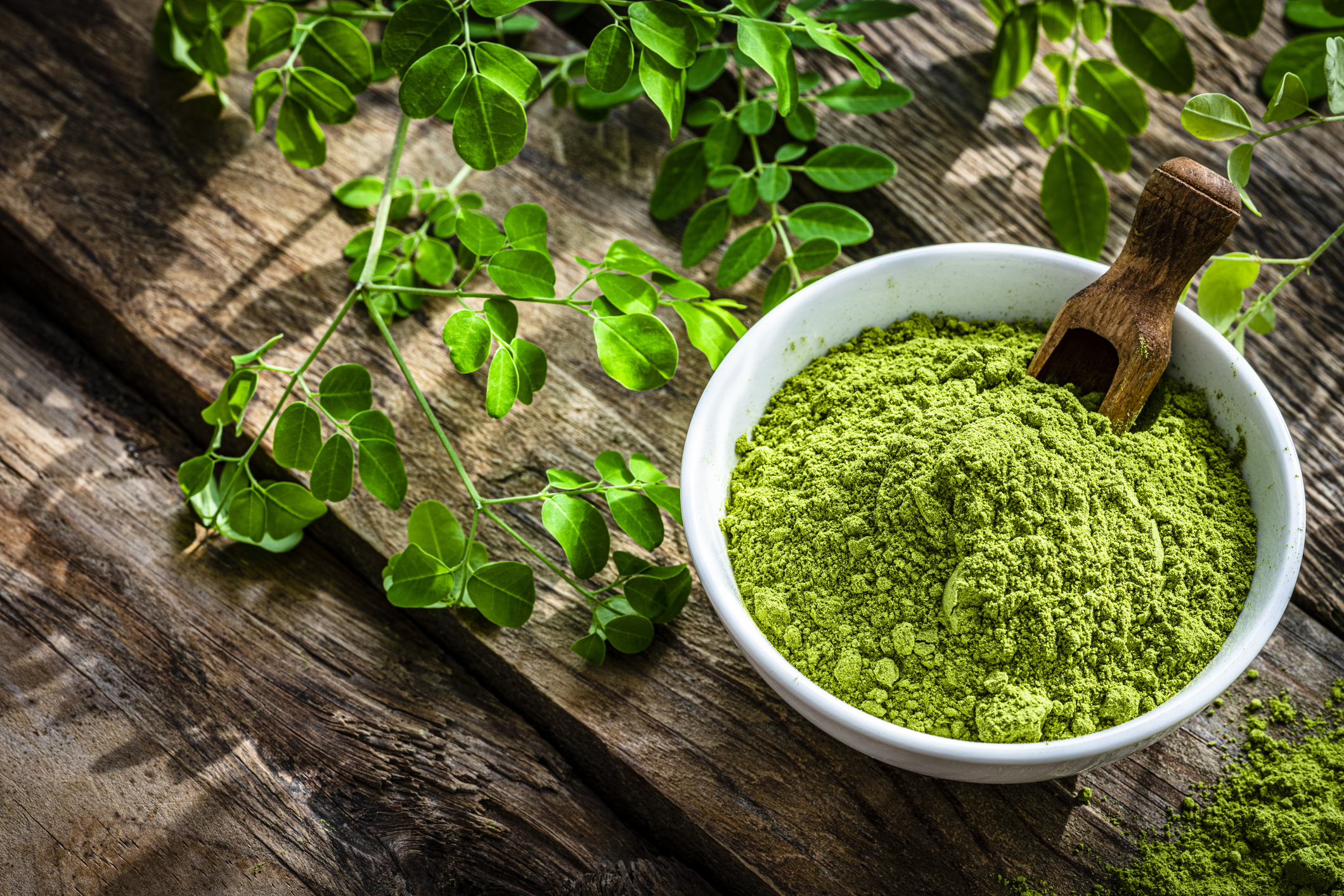Get Easy Health Digest™ in your inbox and don’t miss a thing when you subscribe today. Plus, get the free bonus report, Mother Nature’s Tips, Tricks and Remedies for Cholesterol, Blood Pressure & Blood Sugar as my way of saying welcome to the community!
The 7 superfoods you haven’t heard of (yet)

When you hear the word “superfood” it’s exciting, refreshing… you know something good is coming. Not the same boring old orange or blueberry.
But even quinoa, kale and goji berries—all considered super-foods because of their high nutritional contents—have become almost staples. They are readily available and help us reduce the risk of chronic disease, increase weight loss, ward off depression and increase energy.
With benefits like those, it’s no wonder people are waiting for the next, more potent, healthful superfood.
And there will be more coming… only about 20,000 of a possible 70,000 or even 100,000 medicinal herbs have been identified, and more than a few are bound to be fruits and vegetables we don’t know of yet. Like these next seven, which you’ll be hearing more about very soon:
Moringa: Moringa is a tree native to parts of Africa and Asia. The leaves of are said to be more nutritious than kale and are brimming with vitamins A and C, calcium, iron, potassium and protein. Moringa is a powerhouse medicinal herb as well. It improves asthma, arthritis, diabetes, thyroid disorders, blood pressure and more. It’s becoming more available in specialty food stores and herb shops.
Freekeh: Freekeh is an ancient Arabian dish made from green wheat that has undergone a roasting process. It is high in calcium, iron and fiber. It is not gluten-free, if that is a concern for you. Freekeh has a low glycemic index so it’s helpful in managing diabetes.
Sideritis: Sideritis, grown in mountainous areas of Greece, is an herb often used in herbal teas. It is sometimes called ironwort, mountain tea or shepherd’s tea. Sideritis can be literally translated as “he who is made of iron” and is known for its ability to heal wounds, aid digestion, strengthen the immune system and suppress allergies.
Baobab: The Baobab is a massive tree native to Africa. Like the moringa, it’s prized for its medicinal and nutritive value. The fruit is about the size of a small coconut and has a velvety shell. The pulp inside is tart and comparable in taste to a grapefruit. Baobab is loaded with antioxidants and vitamin C and used to treat asthma and inflammation. Baobab is also often used in skin and hair care products because it is rich in essential fatty acids.
Pitaya: Pitaya is native to Central America and is sometimes called dragon fruit. The bright pink fruit is loaded with vitamin B, fiber and magnesium. Pitaya is a rich source of antioxidants and is thought to help slow the aging process by fighting free radicals found in our bodies. In addition to its skin-related benefits, it also is used to lower cholesterol and help promote healthy digestion.
Amla: Amla, or Indian gooseberry, is a fruit found on trees considered sacred in India. The fruit is a bit sour, but it’s very nourishing. Amla is used in many hair care products because it enriches hair growth and pigmentation. It also is linked to improved eyesight and is used to treat menstrual cramps and regulate insulin production.
Citicoline: Organ meat as superfood? Yes! Liver, heart, brain … ask anyone to eat these and the answer today would probably be “Yuck!” even though they were staples of the hunter-gatherer diet because they have the most nutrients. Citicoline is one of those, generally found in the liver or brain. It helps with memory retention, among other brain functions. It is also known to improve visual function in patients with glaucoma.
Don’t be surprised to find many of these showing up on grocery store shelves. One thing to remember is that packaged often means processed. So if you see any of these, remember to look at the label to make sure you’re getting what you’re paying for.












